Amsterdam
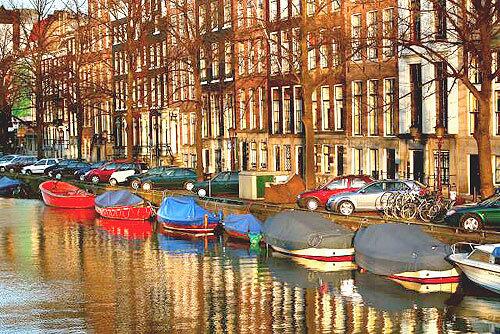
Amsterdam’s maze of canals creates 90 small islands In the Netherlands’ capital. (Gail Fisher / LAT)
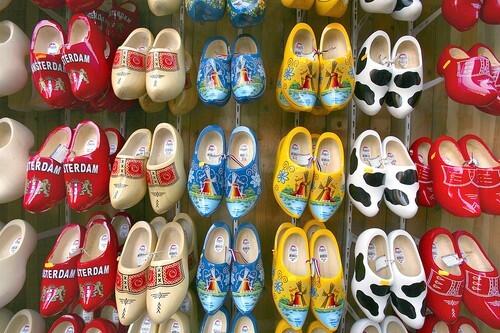
Souvenir clogs add even more color to Amsterdam’s floating Flower Market, also known as the Bloemenmarkt. (Gail Fisher / LAT)
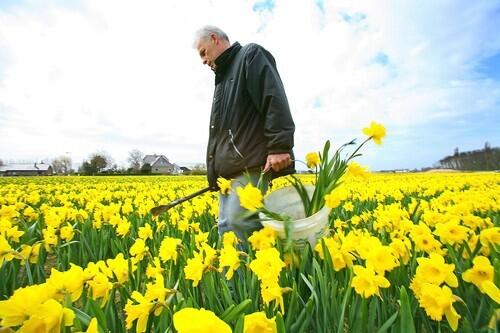
Hans Van Aanholt amid a field of daffodils near Lisse, southwest of Amsterdam. (Gail Fisher / LAT)
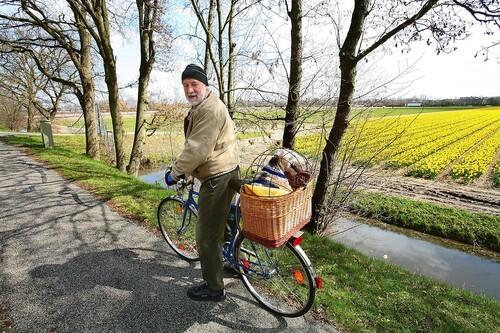
Country roads, like this one near Lisse, in Netherlands’ bulb-growing region, are favored by cyclists when the tulips, hyacinths and daffodils are in bloom. (Gail Fisher / LAT)
Advertisement
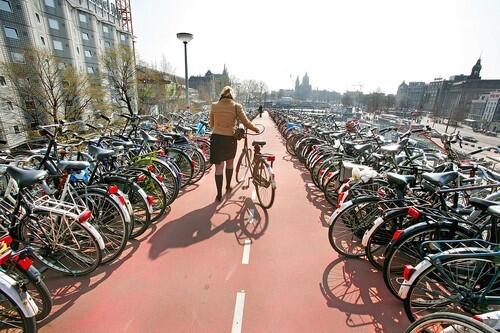
Amsterdam’s network of integrated bike lanes, dedicated traffic lights and signs and routes link disparate parts of the city. (Gail Fisher / LAT)
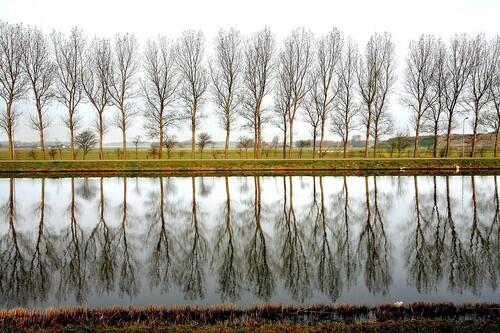
Trees are reflected in a canal outside Alkmaar, Netherlands, where flat terrain and beautiful scenery are particularly well-suited for cycling. (Gail Fisher / LAT)
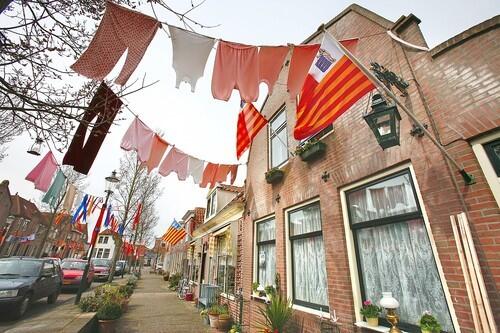
Ninety minutes by train from Amsterdam lies Enkhuizen, a quaint coastal town unafraid to air its clean laundry. (Gail Fisher / LAT)
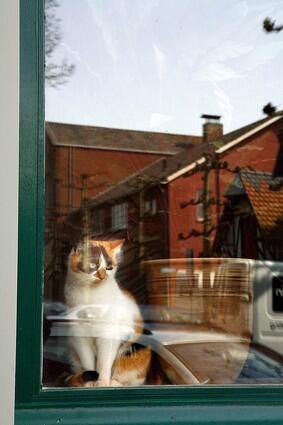
A cat monitors pedestrians from her home in Enkhuizen, Netherlands, once a notable herring port and now a favorite stop for visitors. (Gail Fisher / LAT)
Advertisement
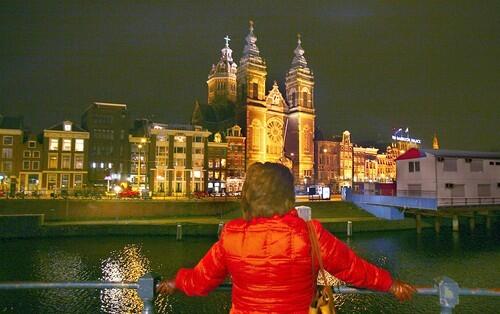
A woman takes in the view from Amsterdam’s Central Station, where sailing ships once unloaded cargo. (Gail Fisher / LAT)
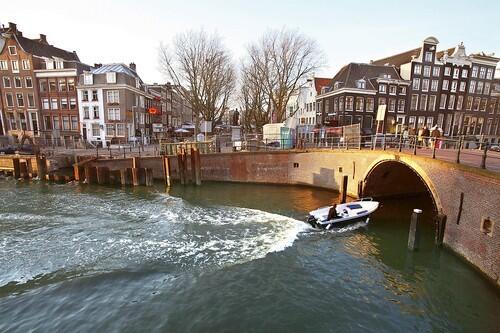
Amsterdam’s15-mile network of canals offers alternative transportation for visiting the major museums. (Gail Fisher / LAT)
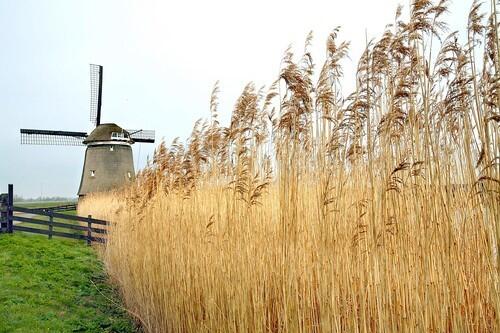
Of the thousands of windmills that once dotted the Dutch countryside, only about 95 survive, many in working order. Because most of the Netherlands lies below sea level, the windmills main function was to drain lakes and marshes. (Gail Fisher / LAT)
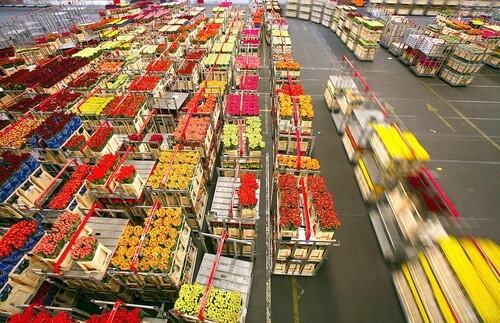
About 3.5 billion cut flowers and 400 million potted plants are sold each year at the world’s largest flower auction in Bloemenveiling, Aalsmeer. Visitors can watch the frantic activity from a viewing gallery suspended above the floor. (Gail Fisher / LAT)



